How Easy is Needle Felting?
Needle felting is often described as one of the most accessible fiber arts to learn, requiring minimal equipment and offering rewarding results even for complete beginners. But just how easy is it to pick up this craft? If you’ve been curious about trying your hand at creating adorable wool sculptures or decorative pieces, this guide will walk you through what to expect when starting your needle felting journey.

The Basics: What Makes Needle Felting Beginner-Friendly
Needle felting stands out among craft hobbies for several reasons:
- Simple technique: The fundamental process involves repeatedly stabbing wool roving with a barbed needle.
- Forgiving medium: Mistakes can usually be corrected by adding more wool or continuing to felt.
- Minimal equipment: You can start with just wool roving, felting needles, and a foam pad.
- No special skills required: Unlike knitting or crochet, there are no complex patterns to follow.
At its core, needle felting works because the tiny barbs on felting needles push wool fibers together, causing them to tangle and compact. This simple mechanism makes it an easy craft to understand, even for those who’ve never tried fiber arts before.
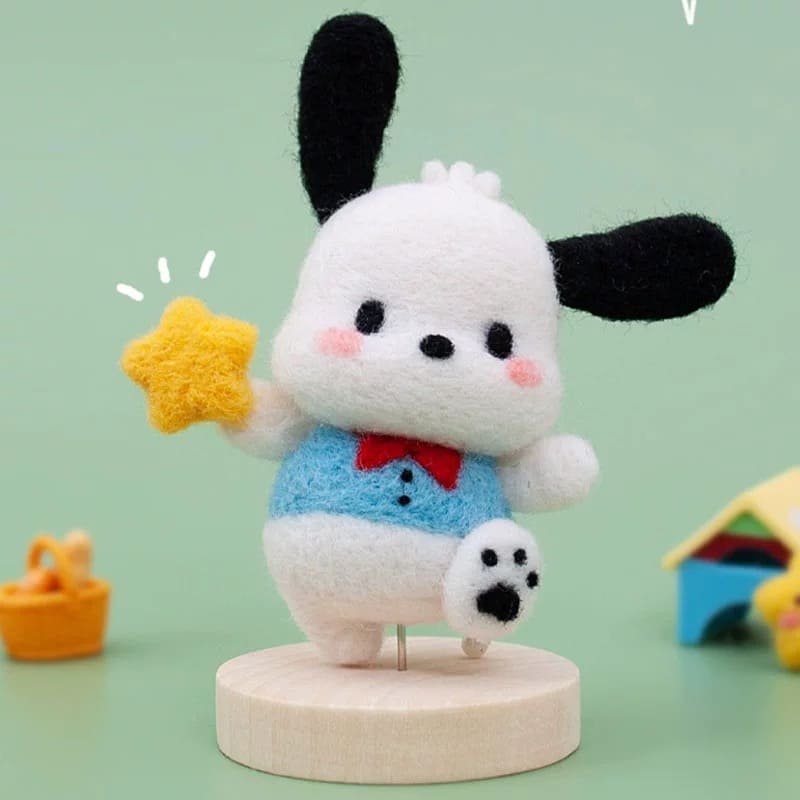
What You Need to Start Needle Felting
One of the attractions of needle felting is how little you need to begin:
Essential Supplies
- Wool roving for needle felting – Corriedale or Merino wool felting fiber is ideal for beginners.
- Felting needles – Look for 36 or 38 gauge star-shaped felting needles for general use.
- Durable felting foam pad – This protects your work surface and the tips of your needles.
That’s it! With these three basic items, you can start creating. A needle felting starter kit with instructions often includes these essentials plus some guidance, making it an excellent option for first-timers.
The Learning Curve: What to Expect
While needle felting is accessible, like any craft, there are some aspects to master:
What’s Easy About Needle Felting
- Basic shaping: Creating simple forms like balls, cones, and cylinders comes quickly to most beginners.
- Color blending: Merging different colored wool roving is straightforward and intuitive.
- Self-correction: You can easily pull apart areas that don’t work and re-felt them.
- Quick gratification: Small projects can be completed in a single sitting.
Potential Challenges
- Finger pokes: Learning to hold the wool while avoiding needle pokes takes practice.
- Patience: Dense felting requires repeated needle jabs and takes time.
- Detail work: Fine features require more skill and practice with fine felting needles.
- Needle breakage: Beginners sometimes snap needles by changing direction mid-stab.
Most new felters find they can create recognizable shapes within their first session. Within a few projects, muscle memory develops, reducing finger pokes and improving efficiency.
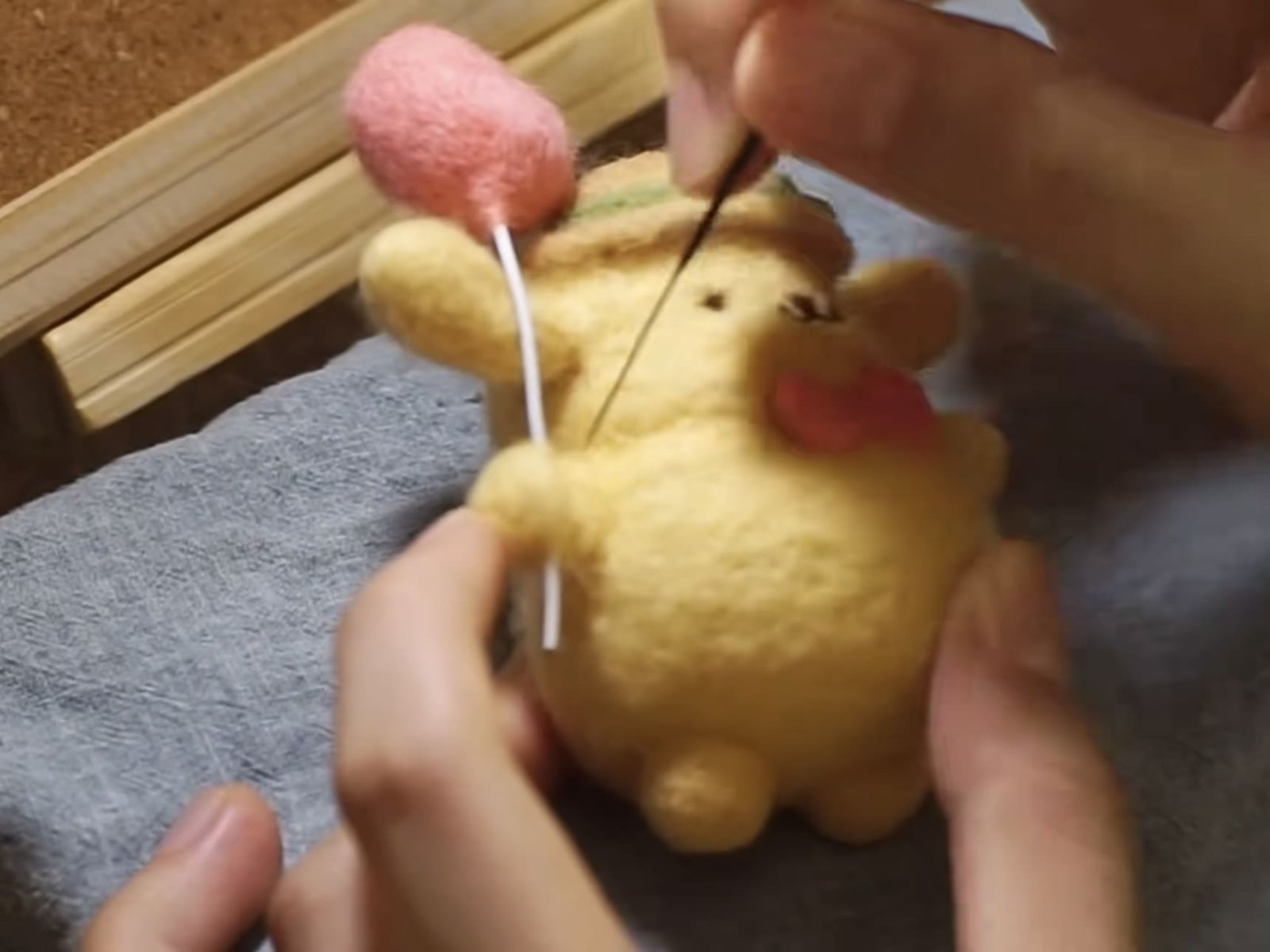
Best Projects for Beginners
Starting with the right project sets you up for success:
- Simple needle felted animals like mice, birds, or basic cats.
- 2D designs on pre-felted wool sheets.
- Ornaments or decorative balls.
- Flowers with basic petal shapes.
Many beginners enjoy starting with a needle felting kit for beginners that includes all necessary supplies and step-by-step instructions. Brands like Woolbuddy and Clover offer excellent beginner-friendly kits.
Tips for First-Time Felters
To make your introduction to needle felting as smooth as possible:
- Start small: Choose a project that can be completed in 1-2 hours.
- Use core wool: Build the inner structure with inexpensive core wool for needle felting.
- Work slowly: Felting is about patience and repetition.
- Hold the needle correctly: Keep it straight up and down to prevent breakage.
- Consider a needle holder: An ergonomic felting needle handle with 5-needle holder can protect fingers and improve comfort.
Remember that needle felting is as much about the process as the final product. Many crafters find the repetitive motion meditative and relaxing.
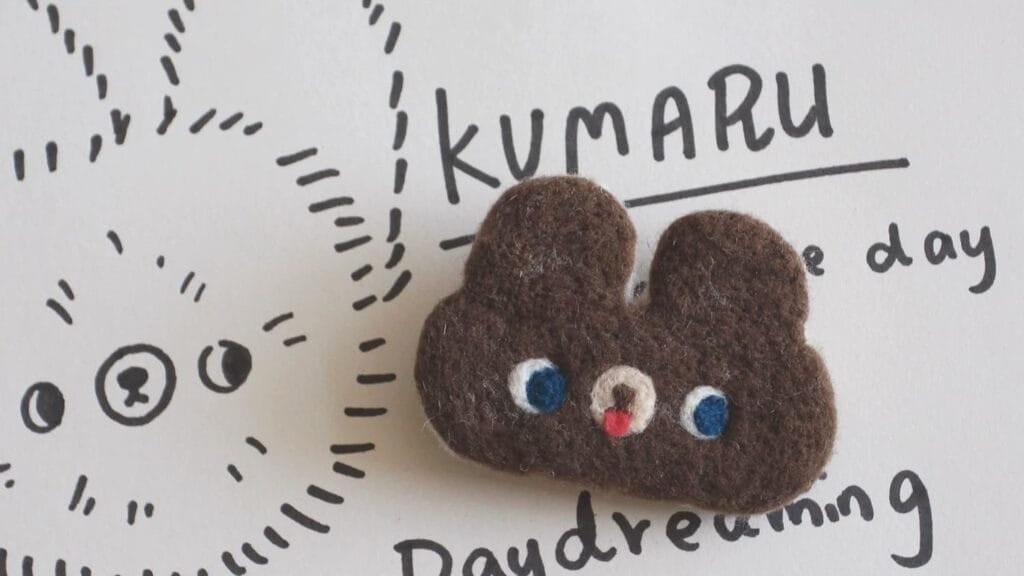
Common Misconceptions About Needle Felting
Some people hesitate to try needle felting due to misconceptions:
- Myth: You need artistic talent to needle felt.
Reality: Basic shapes are achievable by anyone; skills develop with practice. - Myth: It’s dangerous because of the sharp needles.
Reality: With basic precautions and attention, needle felting is safe for adults and supervised older children. - Myth: You need expensive wool.
Reality: While 100% Merino wool roving for sculpting creates beautiful results, beginners can start with affordable options. - Myth: It takes a long time to create anything worthwhile.
Reality: Simple projects can be completed in a single session.
Progressing in Your Needle Felting Journey
As you gain confidence, you’ll discover the versatility of this craft:
- Experiment with textures: Try different wool types like dyed wool felting fiber in pastel colors.
- Add armatures: Wire or pipe cleaners can create poseable sculptures.
- Combine techniques: Add wet felting or embroidery to your needle felted pieces.
- Scale up: Move from small to larger needle felted toys and sculptures.
Many beginners who wonder “how to start needle felting” are surprised at how quickly they progress from basic shapes to recognizable animals and characters.
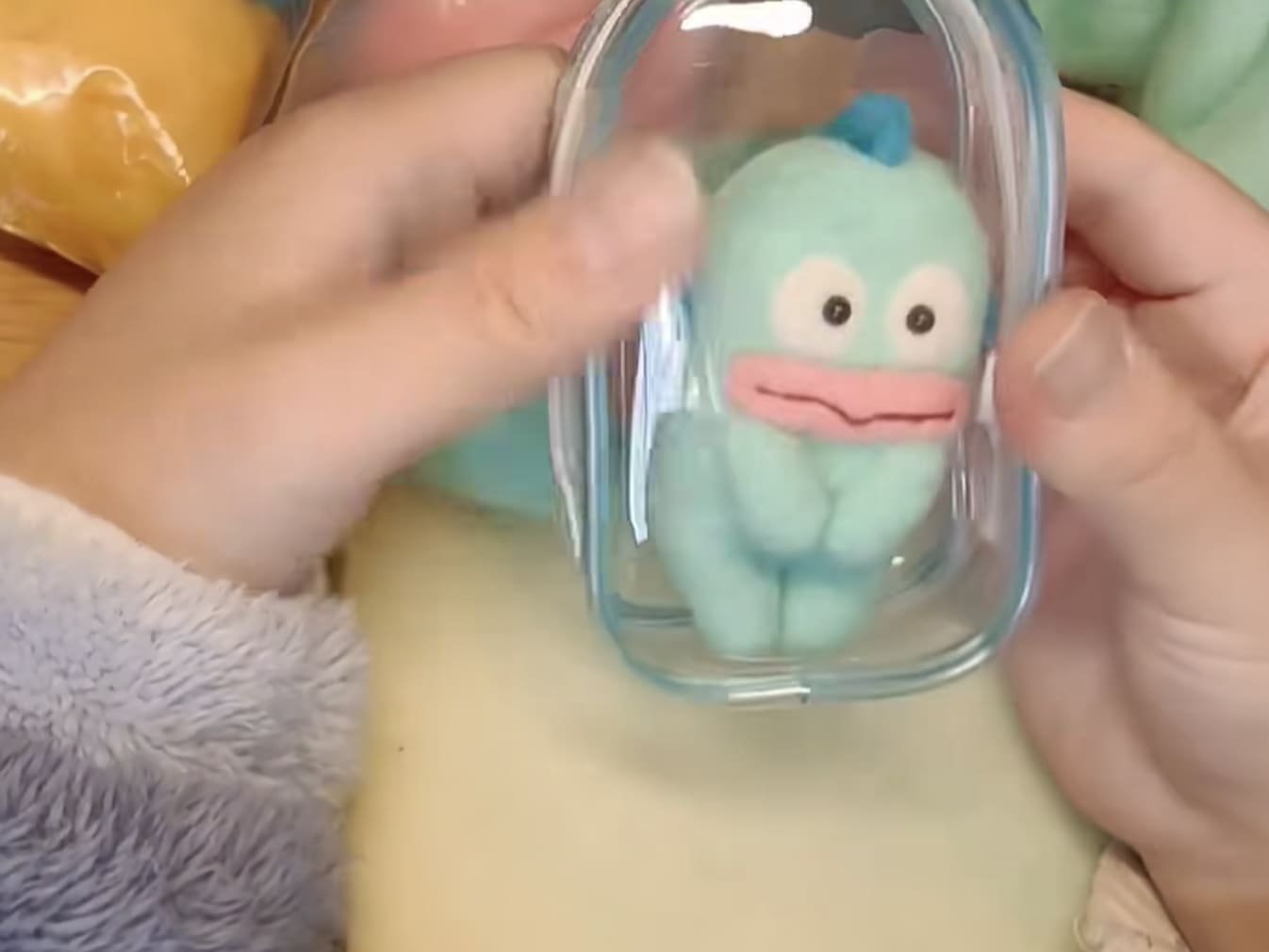
The Community Aspect
One of the most supportive aspects of learning needle felting is the community:
- Online tutorials abound, from free YouTube videos to comprehensive step-by-step needle felting tutorial PDFs.
- Social media groups offer encouragement and troubleshooting.
- Local craft stores often host workshops where you can learn the best felting needles for detailed animal faces.
- Fellow crafters are typically generous with sharing techniques and tips.
Is Needle Felting Right for You?
Needle felting might be perfect for you if:
- You enjoy tactile crafts where you can see progress quickly.
- You’re looking for a portable hobby that requires minimal setup.
- You appreciate crafts that allow for creativity and personalization.
- You’re interested in creating unique handmade gifts or decorations.
The craft is particularly well-suited for those who enjoy DIY needle felting projects but may not have the patience for more technical fiber arts that require pattern-following or counting.
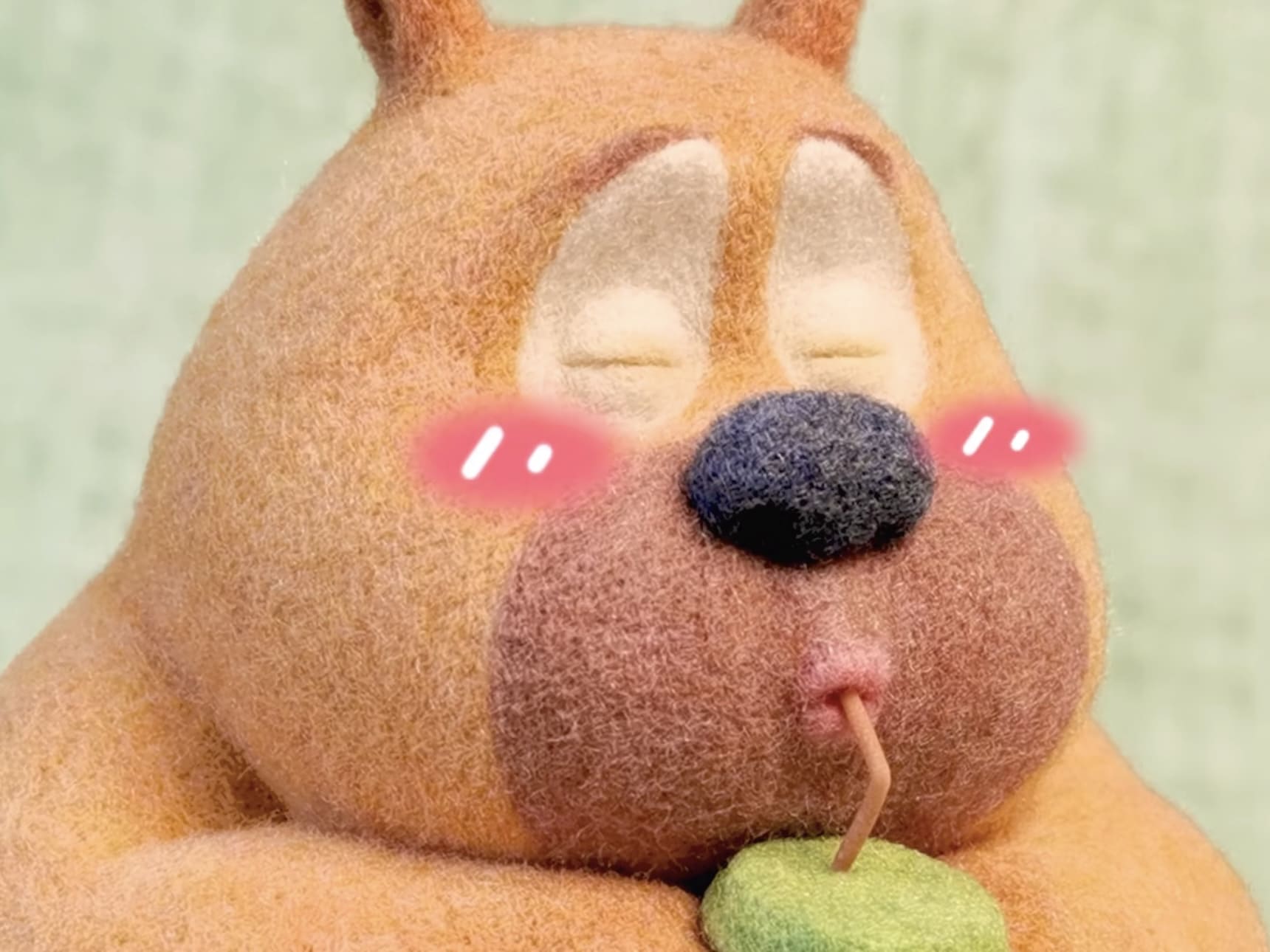
Conclusion: Yes, Needle Felting Is Easy to Learn!
While mastery takes time, needle felting is genuinely one of the most accessible crafts for beginners to start and enjoy from day one. The basic technique can be learned in minutes, though like any worthwhile skill, creating complex pieces takes practice.
What makes needle felting especially beginner-friendly is the forgiving nature of the medium. Unlike crafts where mistakes mean starting over, needle felting allows for adjustments throughout the process. With some quality wool roving for needle felting, a set of barbed felting needles, and a foam pad, you can begin creating charming wool sculptures immediately.
Whether you’re crafting seasonal needle felting gift kits for friends or simply enjoying a relaxing hobby, needle felting offers an accessible entry point to fiber arts with a surprisingly gentle learning curve. Why not try it and see how quickly you can create something wonderful with just wool and a needle?
